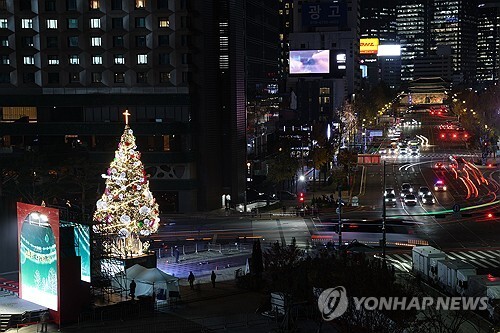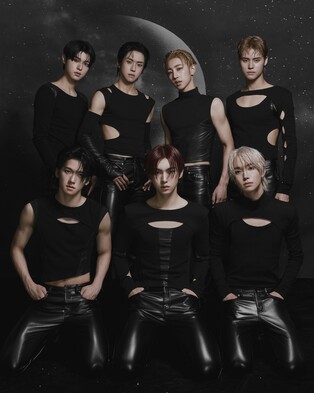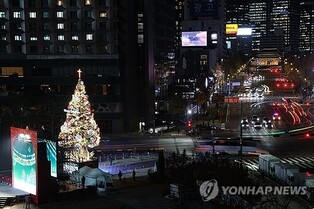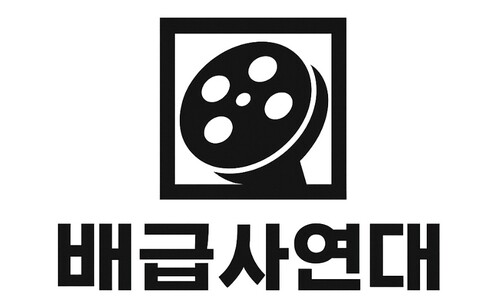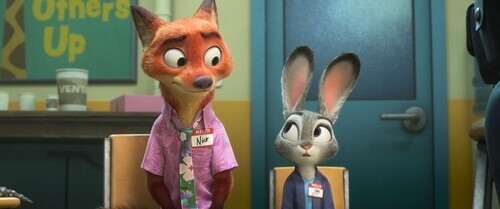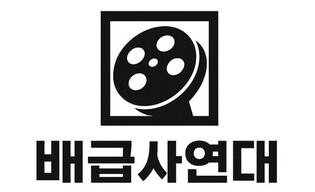by Hwakjin Ra / Haemin Kim
[ENG] A Korean traditional dance which uses a fan
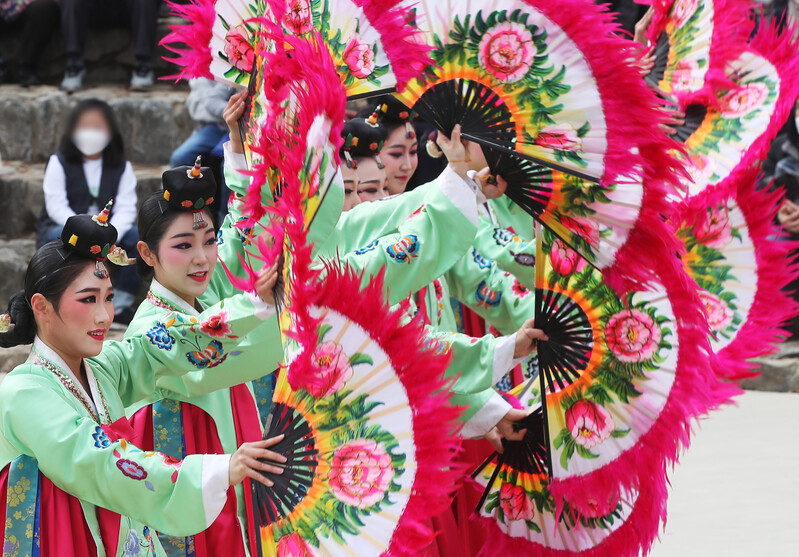 |
| ▲ This photo, shows the Buchaechum performance held at the Korean Folk VIllage, Yongin. (Yonhap) |
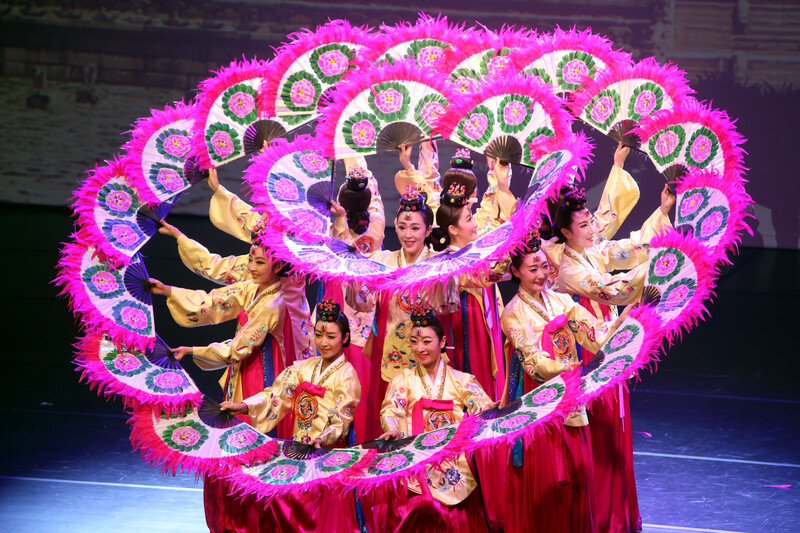 |
| ▲ This photo, shows a scene of the Buchaechum at the National Intangible Heritage Center. (Yonhap) |
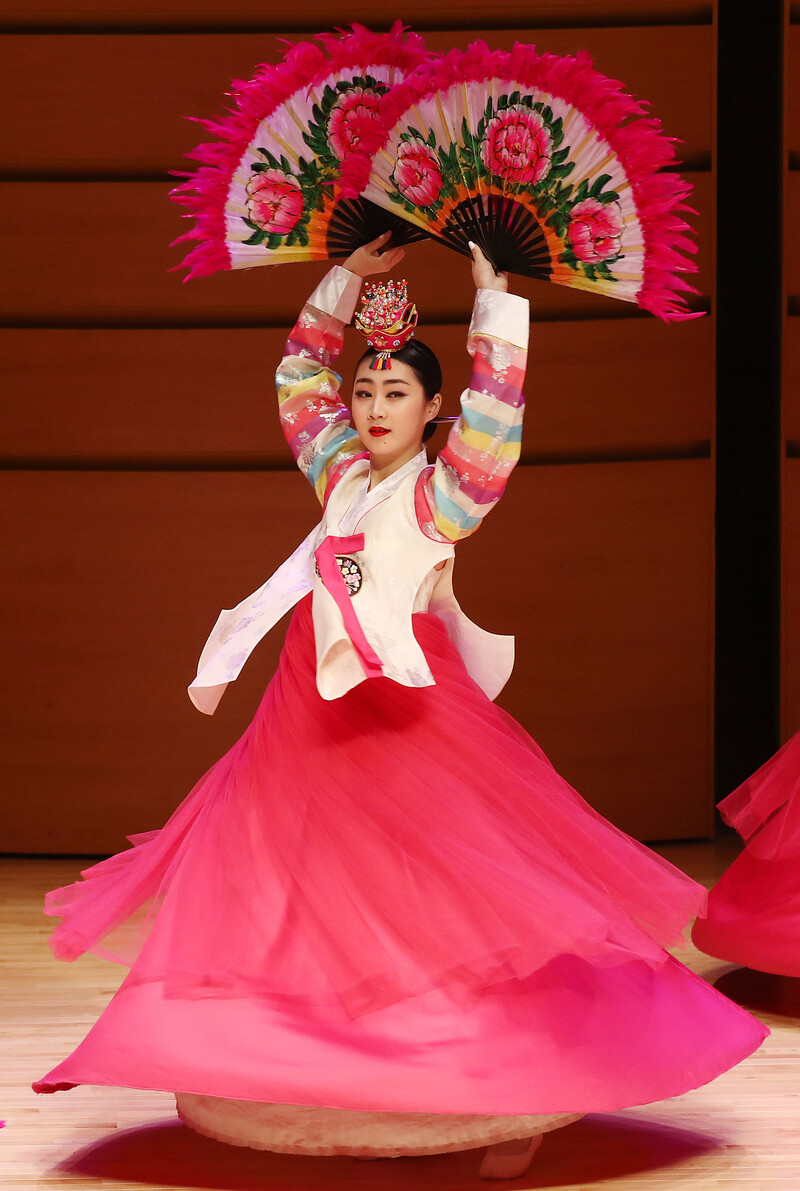 |
| ▲ This photo, shows the buchaechum performed solo. (Yonhap) |
Buchaechum, also known as Fan dance, is one of the traditional Korean dances, performed alone or with a group of people holding fans.
In many traditional Korean performing arts including shaman dance, mask dance, tightrope, and pansori, the fan was used as a major tool for singing or dancing. However, in buchaechum, it is not a prop nor an ornament. Instead, it is the subject of the dance and serves to induce all movements of the dance.
The buchaechum, which is centered on the fan as it folds and unfolds, is a work that has been artistically created and developed during the transformation process of Korean dance from the modern and contemporary process to the Western stage.
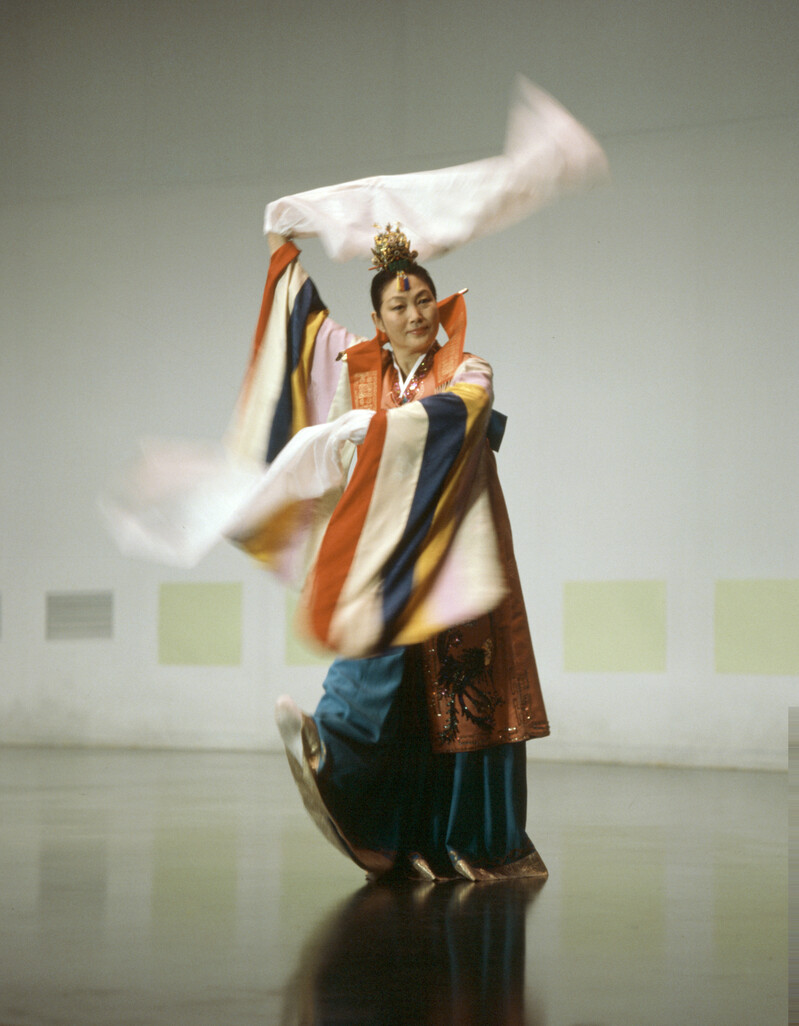 |
| ▲ This photo, shows Kim Baek-bong at the dance practice room of Kyung Hee University at 1982. (Yonhap) |
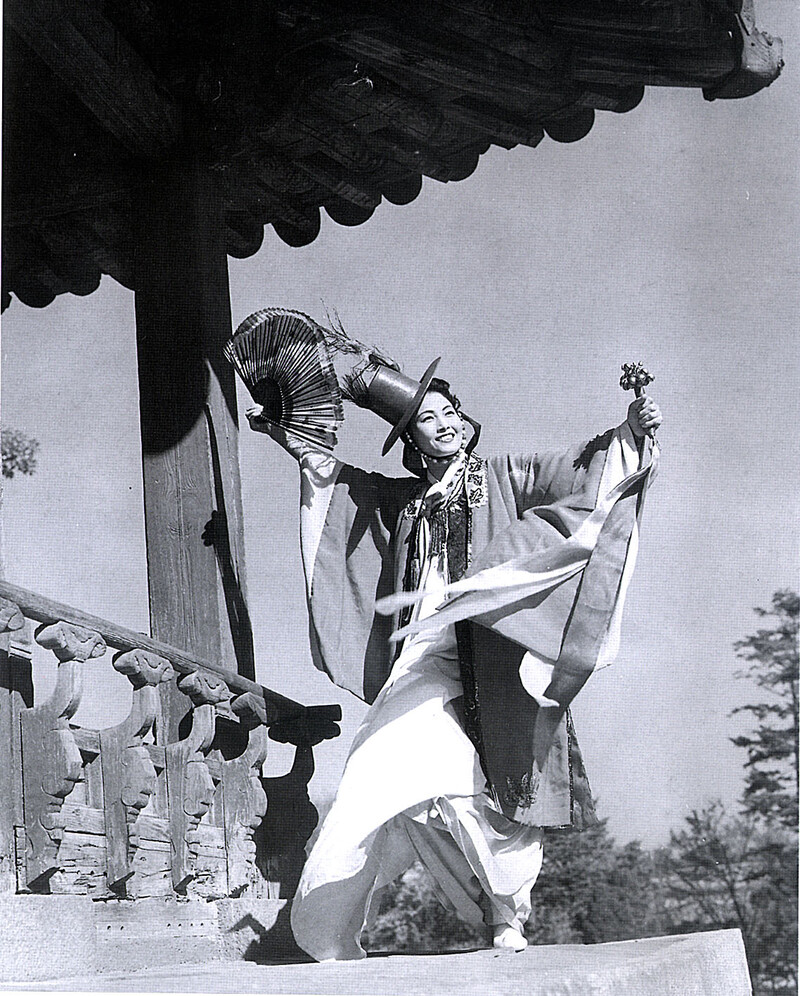 |
| ▲ This photo, shows Kim Baek-bong dancing at 1958. (Yonhap) |
The buchaechum that is usually seen today with folding fans in both hands is a creative dance belonging to the Korean newly art dance as an art category, choreographed by Kim Baek-bong. The Encyclopedia of Korean Culture says that it has been first performed at the stage of Sigonggwan, Seoul from November 11 till November 28, 1954.
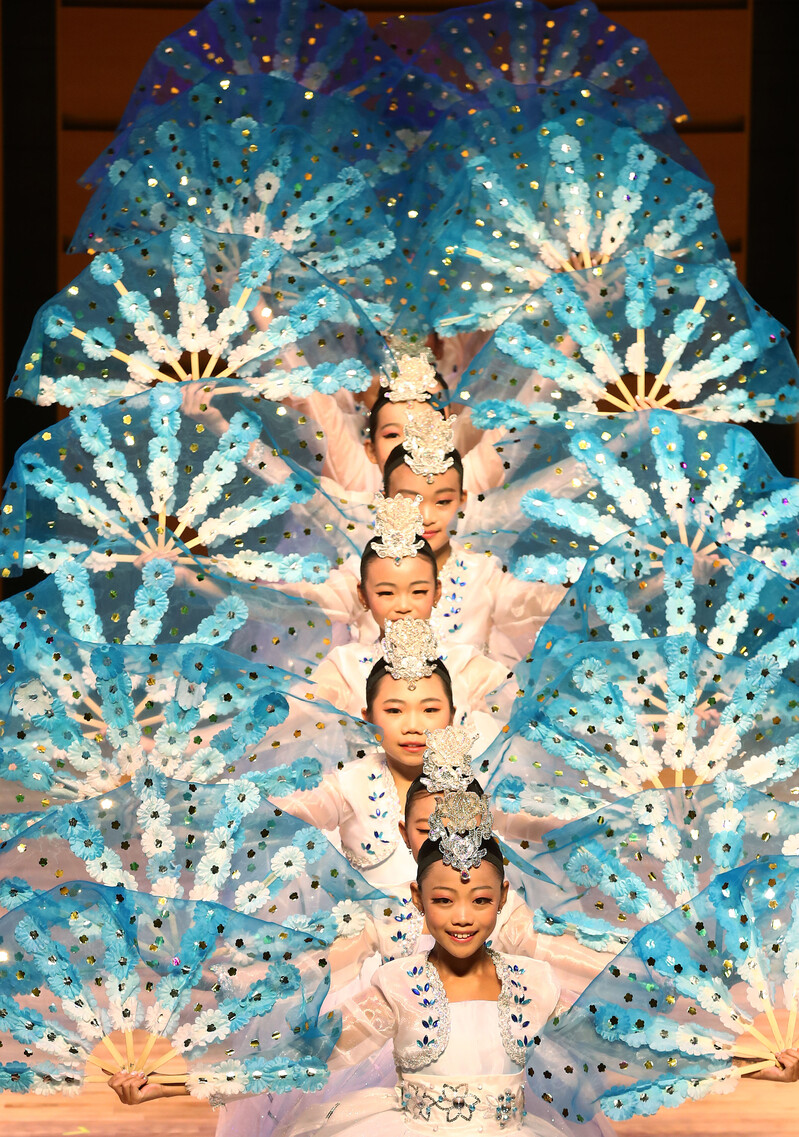 |
| ▲ This photo, shows Kazakhstan's dance troupe performing the Buchaechum at the "World Korean People's Performing Arts Festival." (Yonhap) |
According to the Encyclopedia of Korean Folk Culture of National Folk Museum of Korea, at the time of the premiere, it was performed as a solo dance. The costume was a variation of the Goguryeo-style mongduri (women's robe for common lady), which was draped around the red belt along with Sambulseon (Fan with three Buddhas on it). After its premiere, it was produced as a cultural film and set a screening record of more than 200,000 viewers. It became one of the representative dances of Korea with government agencies and public organizations supporting it on overseas and domestic stages.
The buchaechum was reconstructed and developed as a group dance when the Korean Folk Art troupe prepared for the World Fine Arts Festival and the World Folklore Festival that was held during the 1986 Olympic Games in Mexico. In particular, the flower-shaped figure created as a large-scale concept that can represent the consolidation of power and group dance that responds to the Olympic spirit has become another symbol of the buchaechum.
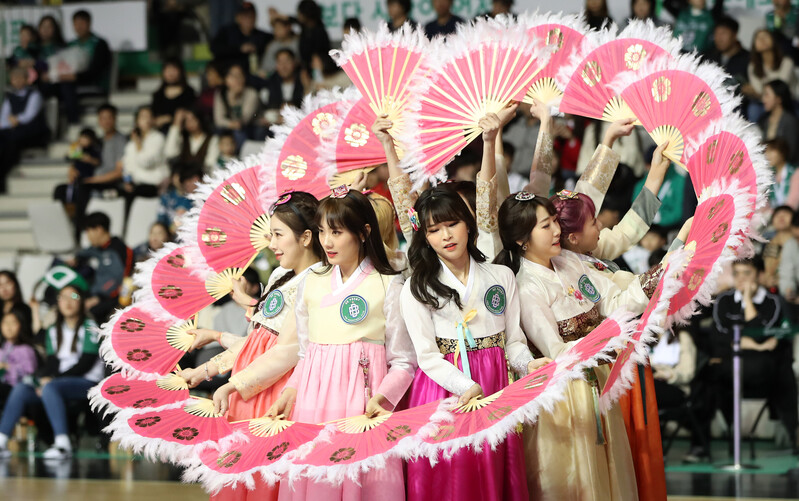 |
| ▲ This photo, shows the Buchaechum performance held in Gangwon province. (Yonhap) |
The encyclopedia of Korean Culture explains that the purpose of this composition isn't simply for the shape of a flower, but instead is about the Korean national flower Mugunghwa, that is in full bloom, expressing the strong prosperity and pride for the nation.
The accompaniment music of the buchaechum is a representative folk song of the Seoul and Gyeonggi region. The song is used in a complex way by changing it into a Gutgeori rhythm and a fast Jajinmori rhythm. One can also freely change the length of the melody and increase its beat to 2 or 3 times to catch it.
Buchaechum is about the truth of all things in the universe, in which everything in the universe is constantly revived, along with the reincarnation of the daily flow. In buchaechum, one can get a glimpse of the nature-friendly theme where natural materials including the sun, air, sky, land, and sea are beautifully depicted throughout the work. Additionally, the expression of the ordinary people's daily life, such as the joy of harvest, and the relaxation that comes after work.
The buchaechum by Kim Baek-bong was designated as a masterpiece by the Korea Dance Association in 1992, and on October 15, 2014, it was designated and registered as an intangible cultural asset of the Five northern Korean Provinces (South Pyongan Province).
In the Korean dance industry, research on the origin of the Buchaechum is steadily being conducted. Recently, Professor Shin Myung-sook of Daejin University, in a paper titled "A Study of Types and Characteristics of Korean Fan Dance", compared and analyzed the buchaechum of Kim Baek-Bong's teacher Choi Seung-hee ( 1911-1967) and Jang Geum-do (1928-2019), a former gisaeng (female entertainer) of Sohwa Gwonbeon (Gisaeng School) in Gunsan area, in addition to Kim Baek-bong's buchaechum.
◇ Fan dance in K-pop
Buchaechum is often used to express the Korean image in K-pop as well.
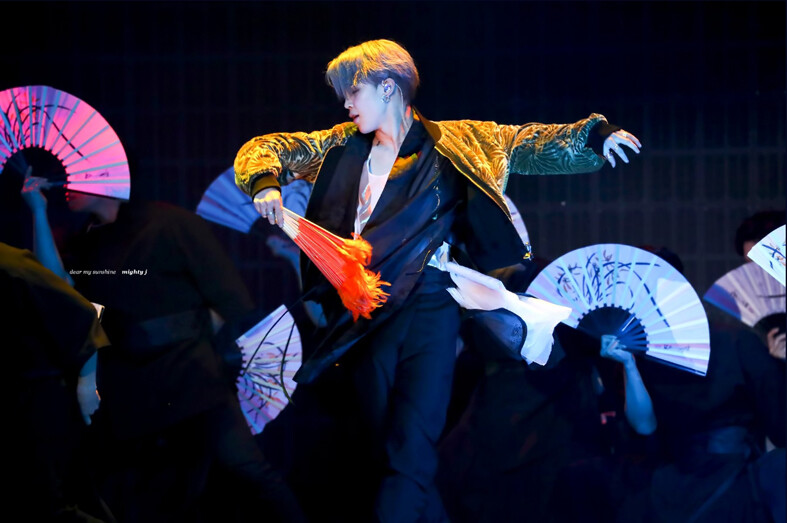 |
| ▲ This photo, shows BTS' Jimin dancing with a fan at the 2018 Melon Music Awards. (Yonhap) |
BTS performed the song "Idol" at the 2018 Melon Music Awards with buchaechum along with male dancers. They gave a different charm by reinterpreting the buchaechum, which was considered a feminine dance, in a modern way while preserving the traditional beauty.
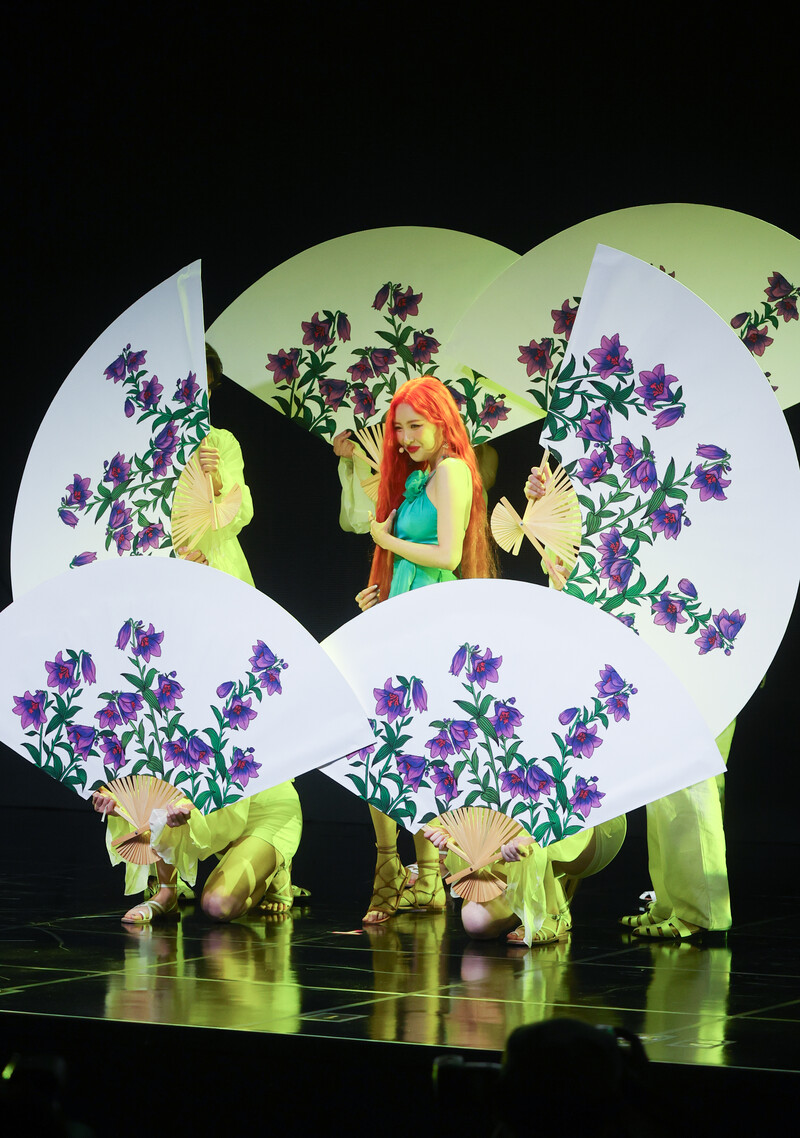 |
| ▲ This photo, shows singer Sunmi performing her choreography of "Heart Burn" using a large fan. (Yonhap) |
Singer Sunmi performed a choreography using a large fan to match the Korean guitar riffs in the recently released song, "Heart Burn."
"I think Korean things are the popular things," Sunmi said, at the media showcase for the new song release. "That's why I always try my best to put in the Korean elements in my songs."
◇ National Gugak Center's Special Exhibition - Master Artists & singers' Fans: Wishes on the Wind
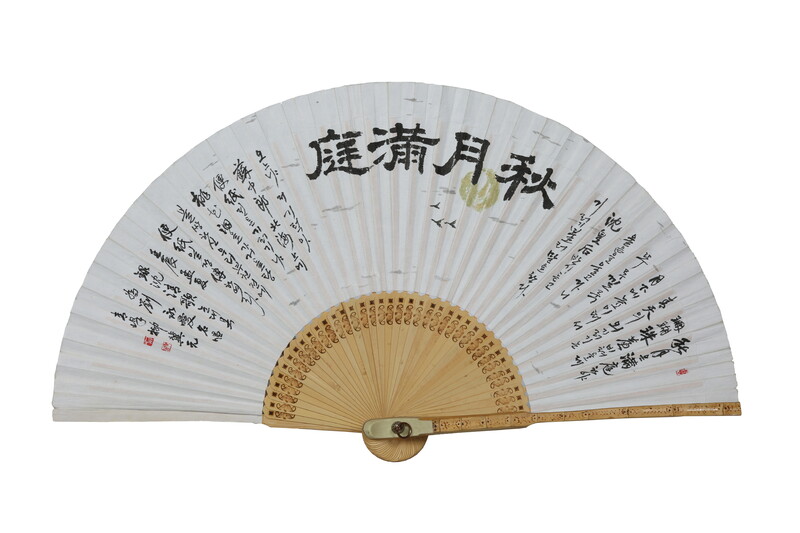 |
| ▲ This photo, shows one of the fans displayed at the special exhibition, "Master Artists & singers' Fans: Wishes on the Wind" that will be held until September 25. (Yonhap) |
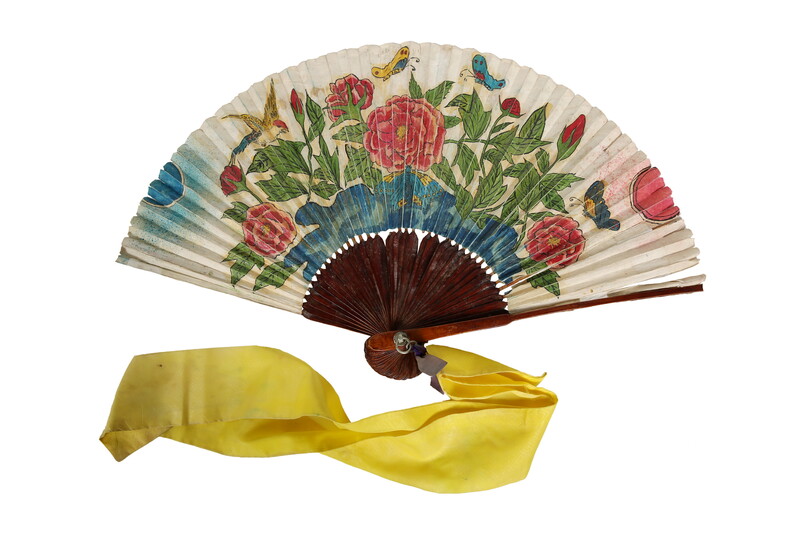 |
| ▲ This photo, shows one of the fans displayed at the special exhibition, "Master Artists & singers' Fans: Wishes on the Wind" that will be held until September 25. (Yonhap) |
The National Gugak Center in Seocho-gu, Seoul is holding a special exhibition, "Master Artists & singers' Fans: Wishes on the Wind" until September 25, which introduces the buchae (fans) of the masters of traditional Korean art.
In this exhibition, one will be able to see about 80 fans of traditional dances including buchaechum, hallyang, and Sanjo fan dance, as well as fans of 58 masters of traditional arts including pansori (Korean genre of musical storytelling performed by a singer and a drummer), mask dance, and gut (rites performed by Korean shamans).
One will also be able to see the 100-year-old fan used by the late Yoo Seon (1881-1952), a master of the Keunmudang, that was provided by the Namhaean Byeolsingut Preservation Committee.
(END)
(C) Yonhap News Agency. All Rights Reserved



















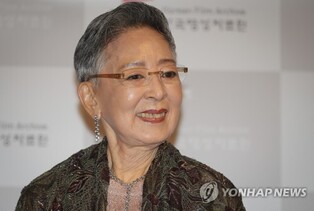
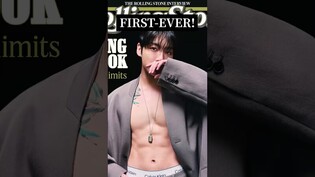
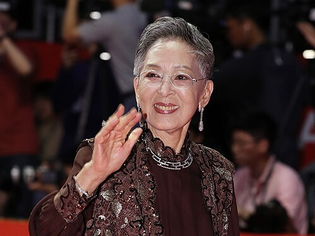
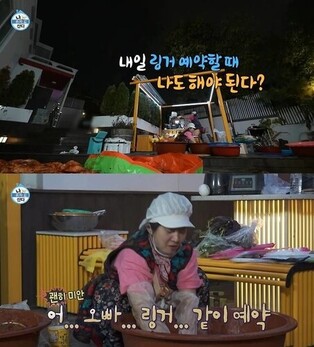
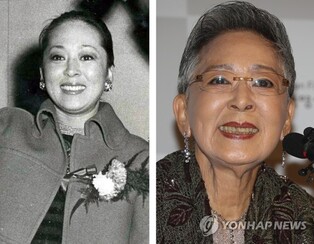
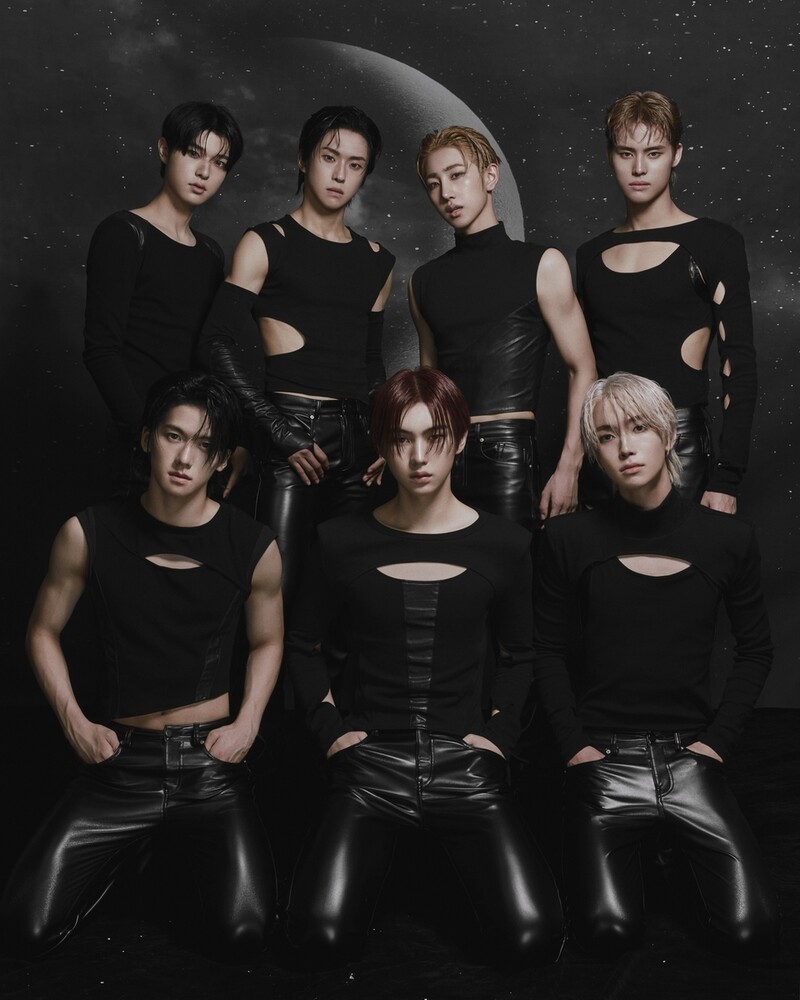
![[가요소식] 지코, 요아소비 이쿠라와 신곡](/news/data/20251212/yna1065624915953509_920_h2.jpg)
